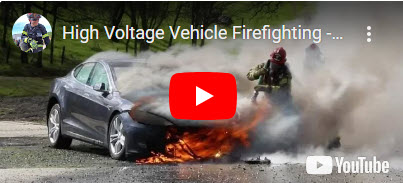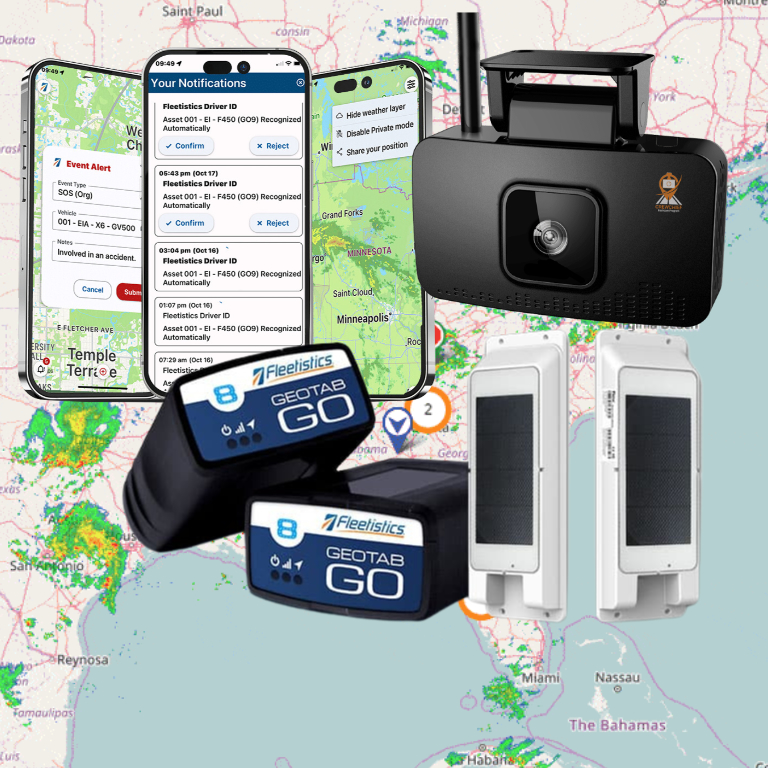Electric Vehicle Safety vs Conventional Fuel Vehicles in Collisions
Electric vehicle safety concerns have not had near the publicity that the vehicles and initiatives have received. Organizations like NFPA and NAHRS provide proactive training for first responders and early responders on how to identify hybrids and EVs, and prepare them to deal with the potential dangers inherent in rescue operations. Some of us, including the writer of this post, never gave EV safety a second thought until now. With the numbers of Hybrids and EVs on the road increasing as they are, it seems prudent to share this information on a broader scale.

Dos and Don’ts
The obvious reason a different approach must be taken in dealing with emergencies involving EVs is that they contain high voltage systems. If you ever took a shock from your conventional vehicle battery you surely experienced some discomfort. That was 12 volts DC at 2 to 10 amps. According to allaboutcircuits.com, common nominal pack voltages in current vehicles range from 100V-200V for hybrid/plug-in hybrid vehicles and 400V to 800V and higher for electric-only vehicles. That’s a lot more juice!
Whether attending to someone with a medical emergency in the vehicle, trying to free someone trapped in the vehicle, or putting out a fire in a burning vehicle, the rescue approach is different when there are high voltage components to consider. Before taking action you must identify if a vehicle is a hybrid, full electric vehicle, or an internal combustion engine. If it is an EV, Hybrid, or even CNG, alternative vehicle safety protocols must be followed. The first thing you need to determine is if the vehicle is running. Electric vehicles run silent so it is easy to overlook a vehicle still running that could move and cause injury. Next, the battery should be disconnected according to the vehicle manufacturer’s guidelines.
Another important piece of information to know is the battery location. If a battery has been exposed to heat, that creates an additional hazard. Cooling the battery with water is a good idea, but never cut, crush, or open a high voltage battery, cable, or peripheral component. Popping noises from the battery location are a good indicator that it is hot, as well as smoke or steam.
If you have access to running water, a hot battery should be cooled by running water over the battery case or compartment. Water has been determined to be the best way to cool or extinguish a lithium-ion battery. If the battery case has already been opened by impact or penetration, applying water directly to the battery is even more effective. Other suffocating or extinguishing agents like your handy fire extinguisher will not be effective. Keep in mind that emergency responders are trained to monitor the battery for reoccurrence of heat for no less than 45 minutes before releasing a vehicle to secondary responders, so if you end up being the one manning the hose, and conditions are safe enough, continue the cooling efforts until the pros arrive. Access information and downloadable materials at from NFPA.org or contact your local fire department for training and information if you operate electric vehicles.
Videos on Electric Vehicle Safety and Fire Hazards
Electric Vehicle Battery Location
EV battery locations vary by vehicle make and model. In most hybrids it is behind or under the rear seat, or in the trunk. In fully electric vehicles it may be under the floorboard or in the transmission hump. If you see damage to the vehicle or active fire in or near those locations, best to wait for the pros who have been trained for these situations and have the thermal imaging and protective gear to handle them.
Key Take-aways for EV Safety
We cannot stress enough that alternative fuel vehicles vary widely in the technologies used. Each technology presents a unique hazard profile. Buildup of fumes that are harmful or flammable, potential for delayed fire, and extremely high voltages are the primary dangers. If you are not sure what to do, call 911 for help, and wait.
Most important, if you are first on the scene of a collision or other vehicle emergency, before you jump in to assist, stop and assess the situation for electric vehicle safety. Treating an EV in the same manner you would a conventional gasoline or diesel fueled vehicle can do more harm than good and ultimately result in serious injury.















